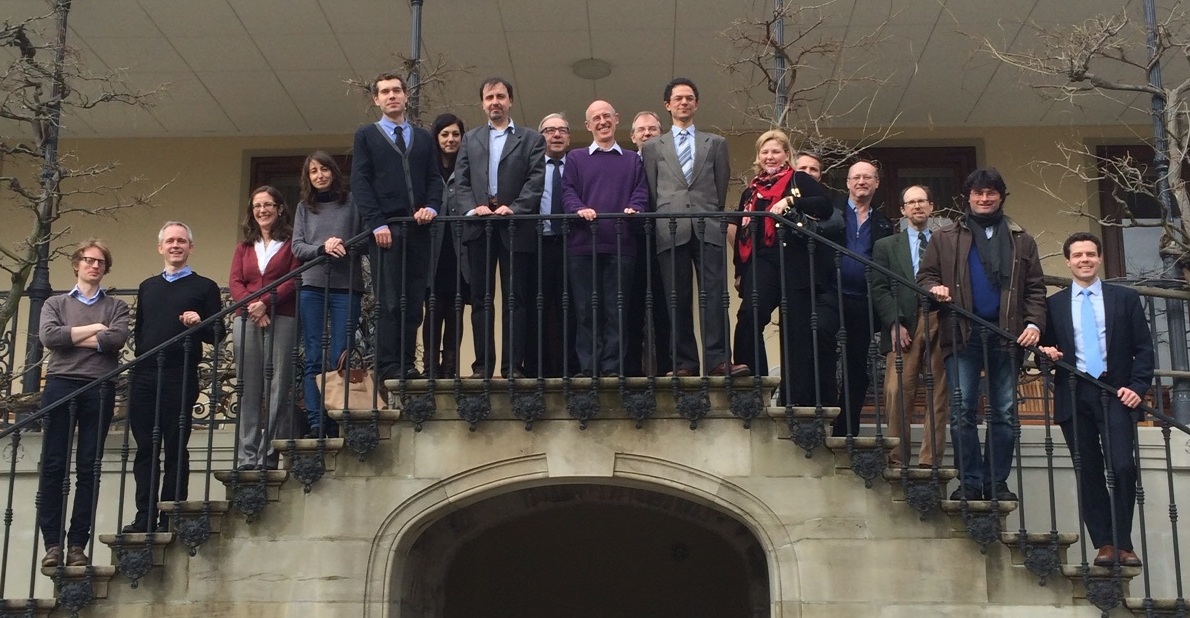Participants in the Intertextualité et Humanités Numériques workshop enjoying a moment outdoors at the Fondation Hardt. Pictured are (left to right): Yannick Zanetti, Valéry Berlincourt, Lavinia Galli Milic, Chiara Battistella, Christopher Forstall, Martina Mastandrea, Massimo Manca, Paolo Mastandrea, Gregory Hutchinson, Damien Nelis, Neil Bernstein, Monica Berti, Marco Büchler, Michael Dewar, Stephen Wheeler, Cristiano Castelletti, and Neil Coffee.
Read the workshop program PROGRAM and see more PICTURES.
Participants were asked to give responses in the form of short blog posts, most of which were produced in a dedicated one-hour session at the workshop. You can find these below, along with materials on the research of participants.

